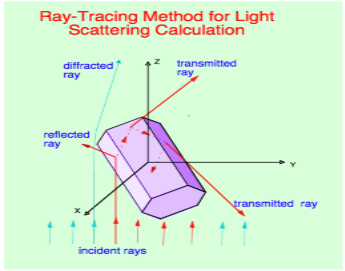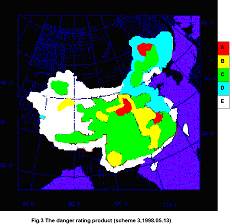
The Institute of Climate & Weather Information and Forecast of Zhejiang University is an interdisciplinary research center devoting to the research of global climate change and regional climate and weather events. The Institute has been in a unique position to serve both the scientific community and the public. On one hand, the Institute is an interdisciplinary research center investigating key scientific issues regarding global and regional climate change. On the other hand, the institute is a service center that provides climate and weather information to both decision-makers and the public.
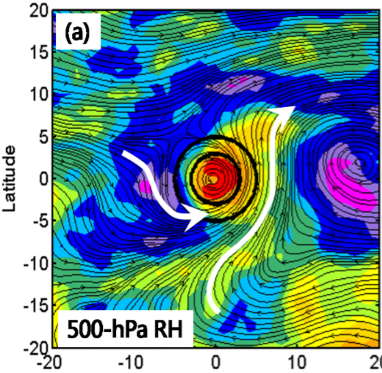
Main Research Fields
Main research areas of the Institute include:
Global climate change
Use climate models, data analysis, and statistical methods to understand the behavior the global and regional climate system and its response to external forcings. Specific research topics include: sub-seasonal to seasonal prediction, statistical analysis of major climate modes such as ENSO and PDO, interactions between climate change and the carbon cycle, and climate response to geoengineering (climate engineering).
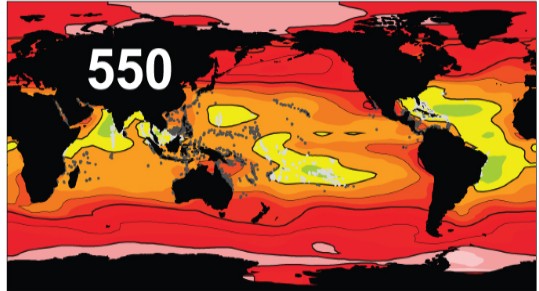
Atmospheric dynamics
Using observational data, synoptic analysis, and high-resolution mesoscale model to understand the mechanism or physical processes of severe weather, such as torrential rainfall, tropical cyclones and Mei-yu front. Specific research topics include: quantitative precipitation analysis, genesis and rainfall distribution of tropical cyclone, dynamic interaction between synoptic and mesoscale weather system, numerical modeling of severe convective system.
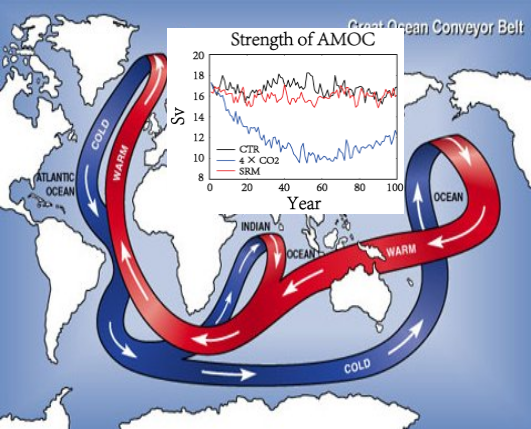
Atmospheric chemistry and environment
This research area focuses on aerosol chemistry, photochemistry and laboratory experiments. There are different analysis experimental instruments such as OC/EC analyzer, soluble ions IC, XRF and ICP for elemental analysis, and GC-MS for organic species. We also estimate one aqueous reactive chamber for aerosol heterogeneous reactions and individual particle hygroscopic growth instrument. We specifically focus on individual particle analysis, black carbon (soot) measurement and modelling, aqueous chemical reactions, and sources of PM2.5.
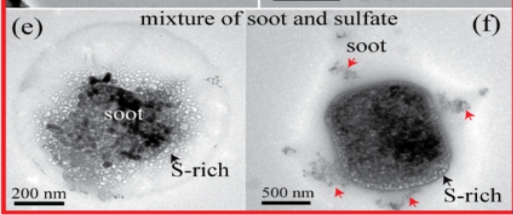
Atmospheric radiation
This research area focuses on light scattering by non-spherical and inhomogenous particles with applications in atmospheric radiative transfer, remote sensing, numerical weather forecast, and climate sciences. Specific research topics include: 1) develop advanced computational techniques to solve electromagnetic wave scattering by non-spherical and inhomogeneous particles; 2) develop simplified and effective atmospheric aerosols model including dust, sea salt, and soot aerosols; 3) reduce uncertainties associated with the remote sensing of clouds and aerosols; 4) improve current understanding the radiative effects of clouds and aerosol in global circulation models.
